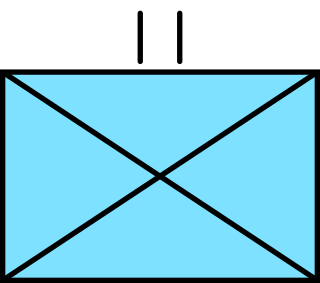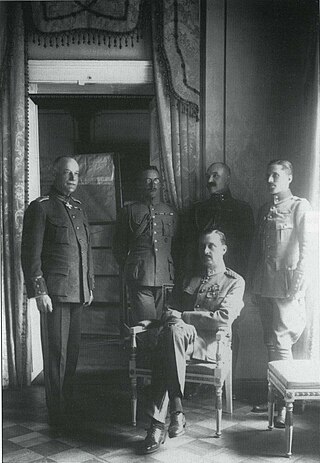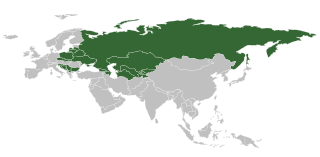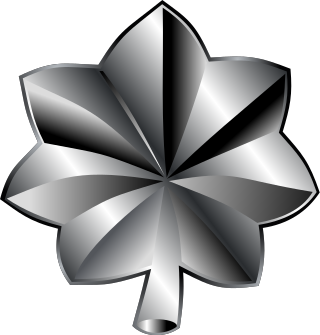History and origins
This section needs additional citations for verification .(April 2012) |
By the end of the late medieval period, a group of "companies" was referred to as a "column" of an army. According to Raymond Oliver, c. 1500, the Spanish began explicitly reorganizing part of their army into 20 colunelas or columns of approximately 1,000–1,250 soldiers. Each colunela was commanded by a cabo de colunela or column head. Because they were crown units who are directly under the control of the monarch or sovereign of a country,[ further explanation needed ] the units were also confusingly called coronelas, and their commanders coronels. [1] Evidence of this can be seen when Gonzalo Fernández de Córdoba, nicknamed "the Great Captain", divided his armies in coronelías, each led by a coronel, in 1508. [2]
Later, in the 16th century, the French army adopted this organizational structure, renaming colunelas regiments. Even so, they simply Gallicized colunela to the French colonel and pronounced it as written. The English then copied the unit and rank from the French. However, for reasons unknown, the English adopted the Spanish pronunciation of coronel, and after several decades of use shortened it to its current two-syllable pronunciation "kernel". Colonel is linked to the word column (from Latin: columna; Italian: colonna; French: colonne) in a similar way that brigadier is linked to brigade, although in English this relationship is not immediately obvious. [1]
With the shift from primarily mercenary to primarily national armies in the course of the 17th century, a colonel (normally a member of the aristocracy) became a holder (German Inhaber) or proprietor of a military contract with a sovereign. The colonel purchased the regimental contract—the right to hold the regiment—from the previous holder of that right or directly from the sovereign when a new regiment was formed or an incumbent was killed.[ citation needed ]
As the office of colonel became an established practice, the colonel became the senior captain in a group of companies that were all sworn to observe his personal authority—to be ruled or regimented by him. This regiment, or governance, was to some extent embodied in a contract and set of written rules, also referred to as the colonel's regiment or standing regulation(s). By extension, the group of companies subject to a colonel's regiment (in the foregoing sense) came to be referred to as his regiment (in the modern sense) as well.[ citation needed ]
In French usage of this period, the senior colonel in the army or, in a field force, the senior military contractor, was the colonel general, and, in the absence of the sovereign or his designate, the colonel general might serve as the commander of a force. The position, however, was primarily contractual and it became progressively more of a functionless sinecure. The head of a single regiment or demi-brigade would be called a 'mestre de camp' or, after the Revolution, a 'chef de brigade'.[ citation needed ]
By the late 19th century, colonel had evolved to a professional military rank that was still held typically by an officer in command of a regiment or equivalent unit. Along with other ranks, it has become progressively more a matter of ranked duties, qualifications, and experience, as well as of corresponding titles and pay scale, than of functional office in a particular organization.[ citation needed ]
As European military influence expanded throughout the world, the rank of colonel became adopted by nearly every nation (albeit under a variety of names).[ citation needed ]
During the 20th century, with the rise of communism, some of the large communist militaries saw fit to expand the colonel rank into several grades, resulting, for example, in the unique senior colonel rank, which was found and is still used in such nations as China and North Korea.[ citation needed ]
Colonel-in-chief
In many modern armies, the regiment has more importance as a ceremonial unit or a focus of members' loyalty than as an actual battle formation. Troops tend to be deployed in battalions (commanded by a lieutenant colonel) as a more convenient size of military unit and, as such, colonels have tended to have a higher profile in specialist and command roles than as actual commanders of regiments. However, in Commonwealth armies, the position of the colonel as the figurehead of a regiment is maintained in the honorary role of "colonel-in-chief", usually held by a member of the royal family, [3] the nobility, or a retired senior military officer. The colonel-in-chief wears a colonel's uniform and encourages the members of the regiment, but takes no active part in the actual command structure or in any operational duties. [4]
Colonel of the Regiment
The title Colonel of the Regiment (to distinguish it from the military rank of colonel) continues to be used in the modern British Army. The ceremonial position is often conferred on retired general officers, brigadiers or colonels who have a close link to a particular regiment. Non-military personnel, usually for positions within the Army Reserve may also be appointed to the ceremonial position. When attending functions as "Colonel of the Regiment", the titleholder wears the regimental uniform with rank insignia of (full) colonel, regardless of their official rank. A member of the Royal Family is known as a Royal Colonel. A Colonel of the Regiment is expected to work closely with a regiment and its Regimental Association.[ citation needed ]











































































